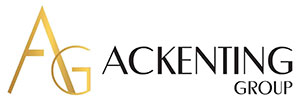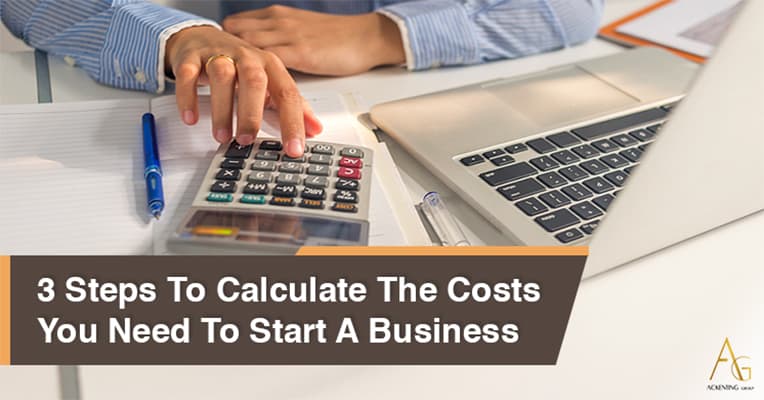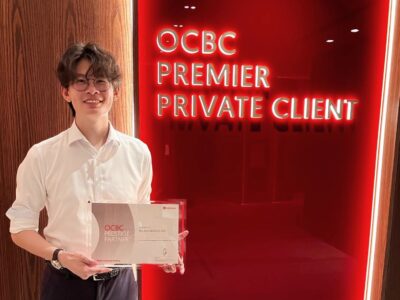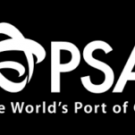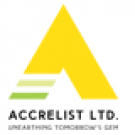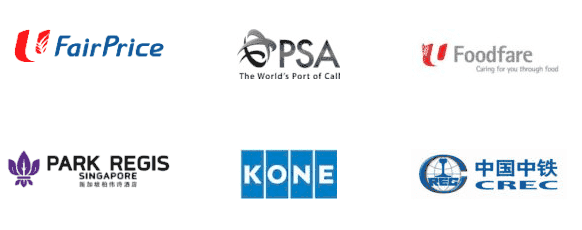You might have heard that it’s common for start-ups to fail during their first few years of businesses. It is a sobering, yet realistic look at the challenges that are present in starting and building a business for sustainability over the long haul. Businesses may fail for various reasons, but some of the common factors involve money.
When you’re looking to start your own business, you’ll need to calculate your set up costs which can easily pile up. It’s good to have a clear layout of your plan including the expenses, before you can begin focusing on sales.
Below are 3 steps that any entrepreneur can follow to help you figure out how much money you need to start a business.
1. List all potential expenses and upfront costs
Upfront costs and expenses are money that’s going to go out even before your business has started operation. They can either be one-time or recurring or ongoing – and it’s important to list them down, as well as make the distinction between one or the other. This way, you’ll have a more accurate estimate of how much it will cost to start your business.
Some of the most common one-time expenses include permits and license fees, as well as incorporation services fees, logo design, signage, downpayment for rental property, and renovation costs. Meanwhile, recurring expenses can include rent, taxes, payroll, loan and insurance payments, utilities, marketing, and advertising costs, among others.
2. Don’t forget about startup assets
Cash in the bank is the most basic and most crucial startup asset. However, other business assets that a startup should have include inventory, office equipment, and furniture. Something to keep in mind is what separates an asset from an expense is the fact that you could sell an asset to recover its costs.
To start any business, bookkeeping is an important function that helps to record financial transactions and information pertaining to a business. Accuracy is vital to this process, so make sure yours are in order with our team of expert accountants at Ackenting Group. We offer accounting and bookkeeping services in Singapore to help ensure timely and accurate records. From generating financial reports to monitoring asset depreciation, we help to keep the financial side of your business in an organised.
3. Determine how much cash you will need
Depending on who you ask, you’ll get a different answer when it comes to finding out just how much cash you’ll need to have in the bank for your startup. Some believe that you should have at least six months’ worth of costs and expenses, while others believe that having enough money to cover for an entire year is better.
One method is to create a list of estimated costs and expenses, as well as sales, for the first year of business. This way, you can subtract how much money your business needs to operate for the first year from how much money it’s expected to make month by month. This will allow you to make a more accurate forecast of how long it’ll take for your business to start to break even. How much money you’ll need to get to that break-even point is pretty much how much cash in the bank you’ll want to have.
Conclusion
Knowing how to calculate the costs that you need to start a business puts you in a better position than most. This is because you’re better prepared to project reasonable cost estimates and write a more detailed business plan, which can lead to a higher likelihood of a successful business. It will also be beneficial to seek the help of an accounting service provider so you can figure out the next best move financially for your business.
If you require any assistance on accounting services, feel free to drop us an email at johnwoo@ag-singapore.com or contact us at +65-66358767. At Ackenting Group, we offer a complimentary 30 minutes online consultation for us to better understand your business requirements.

